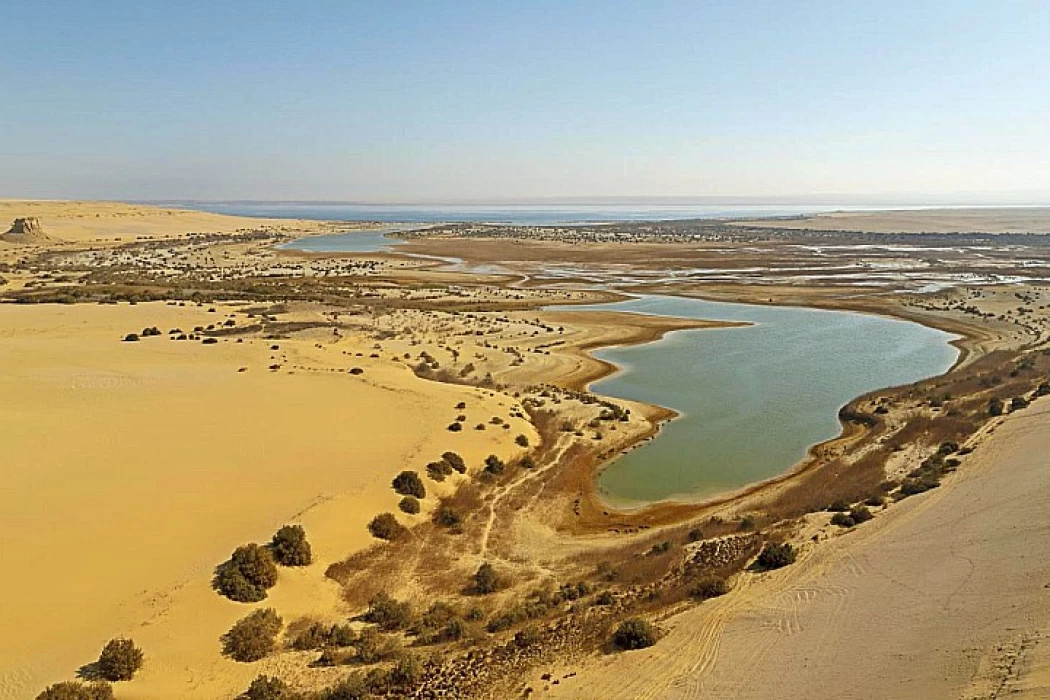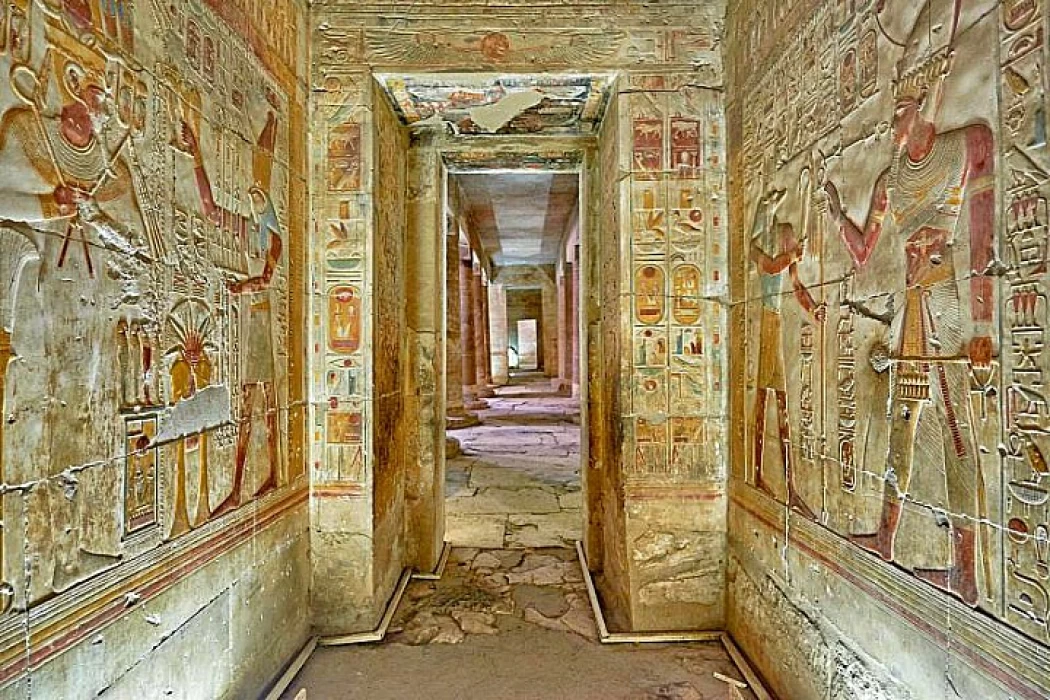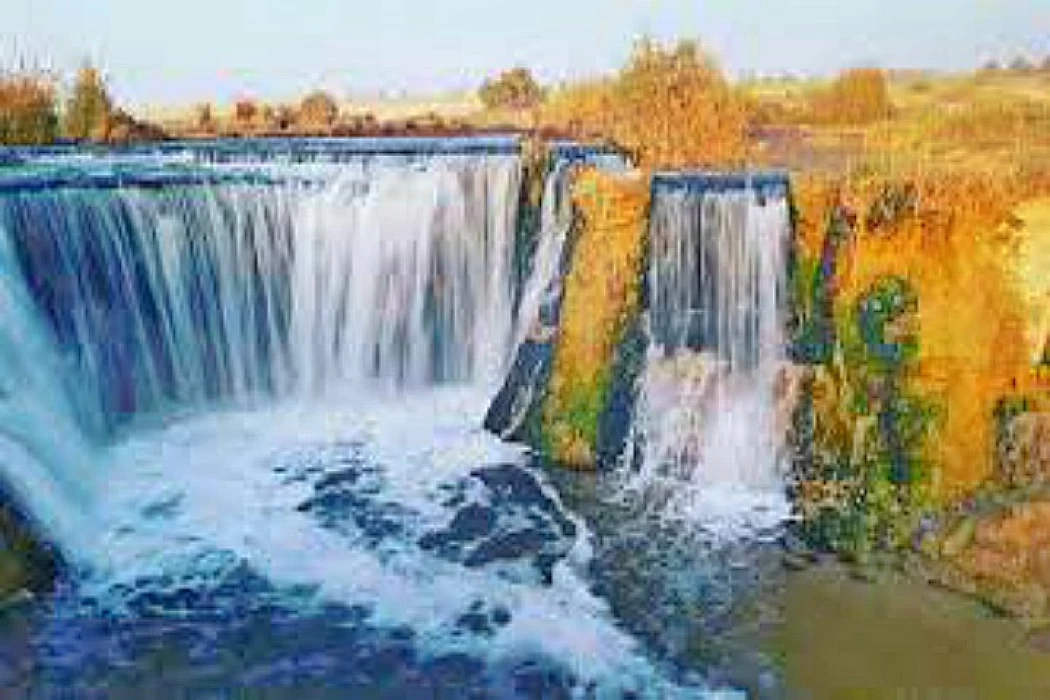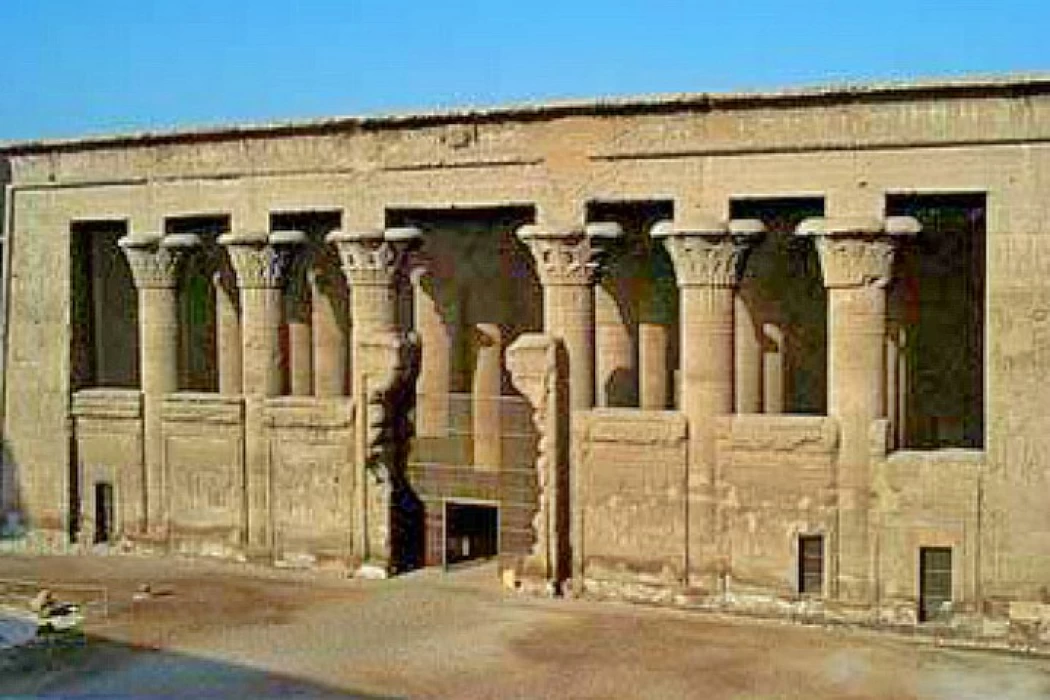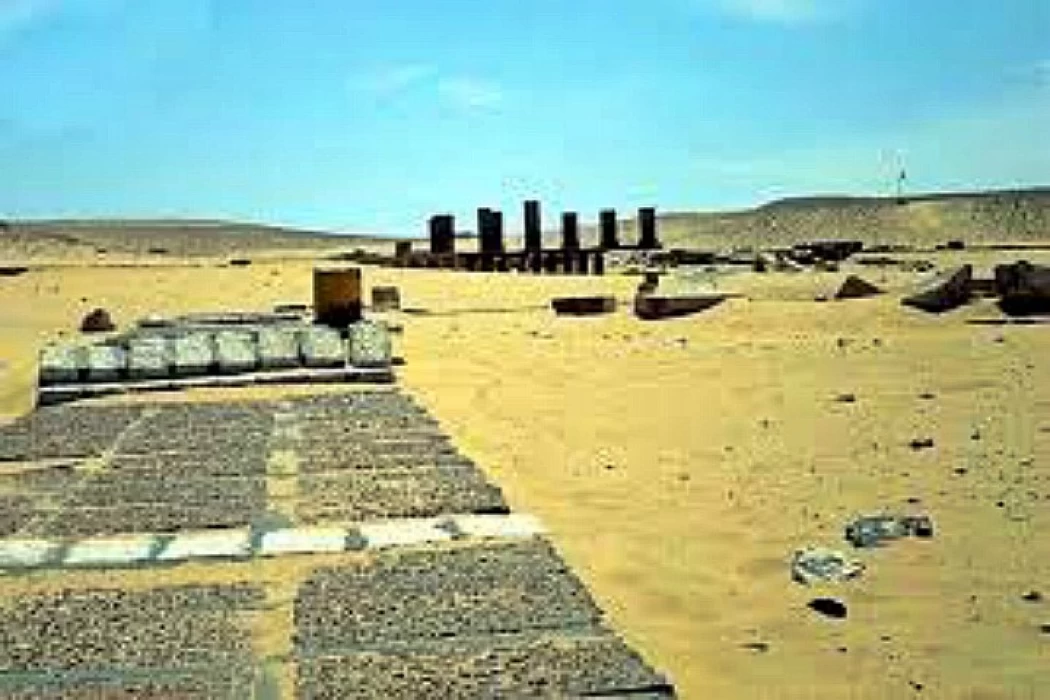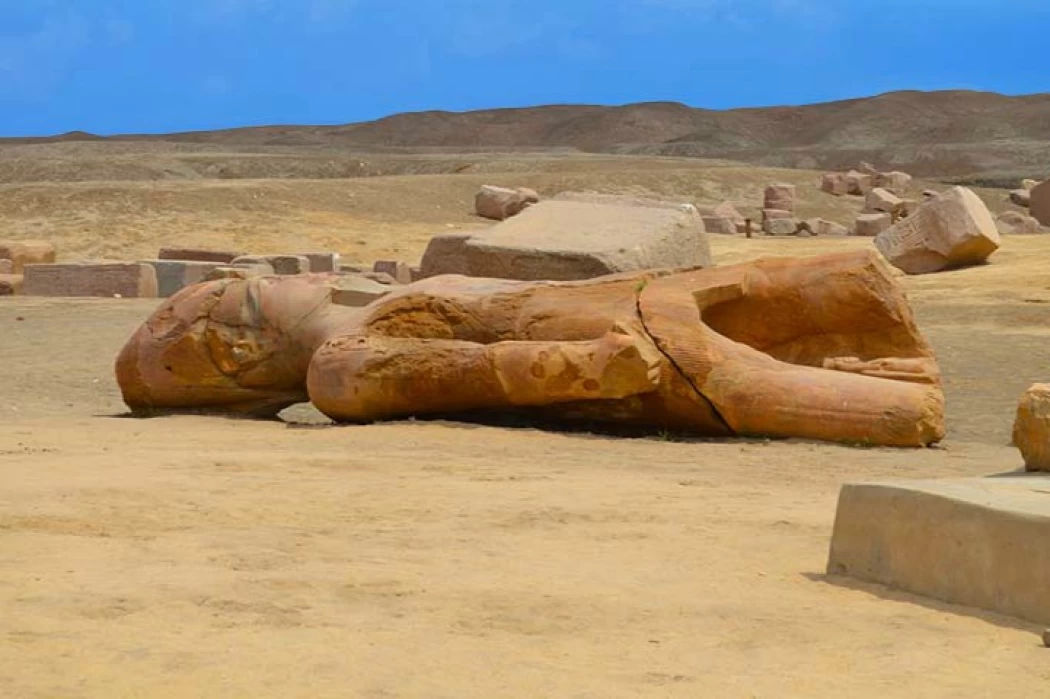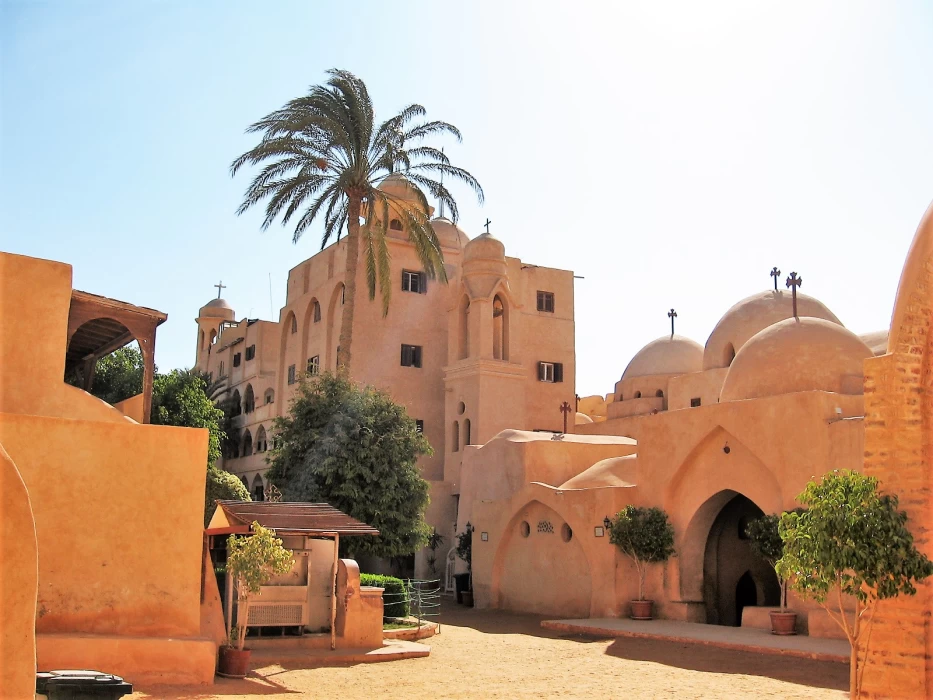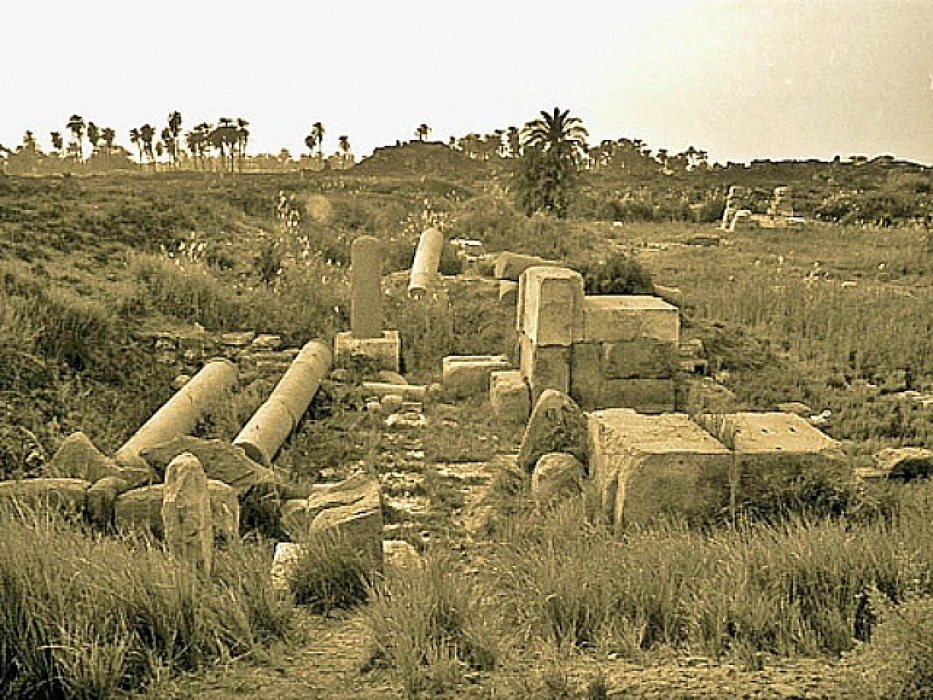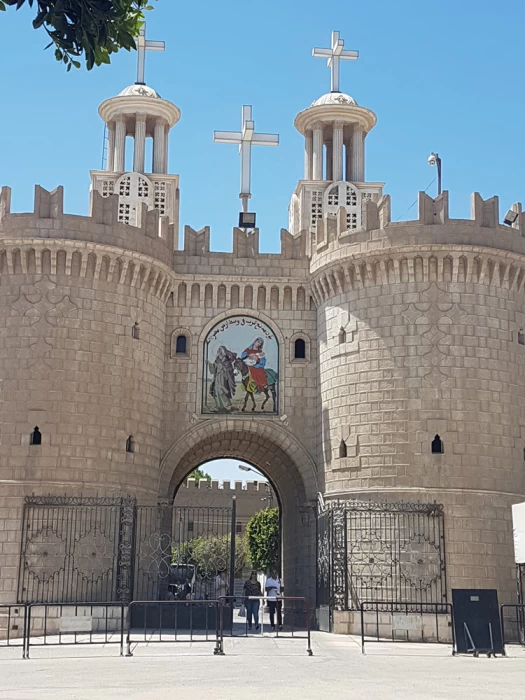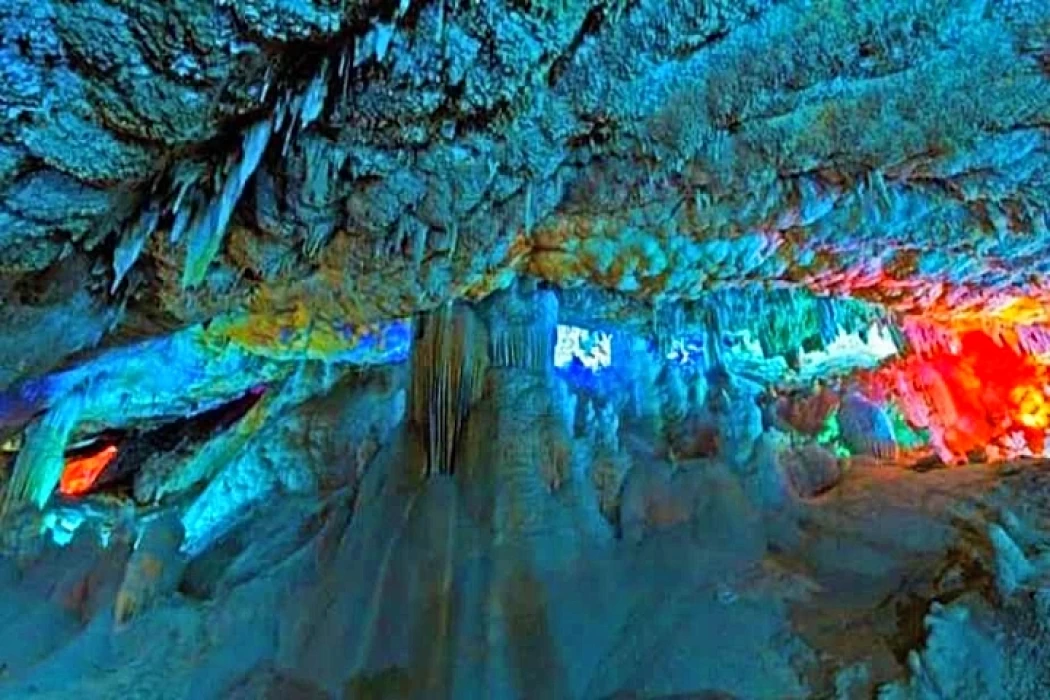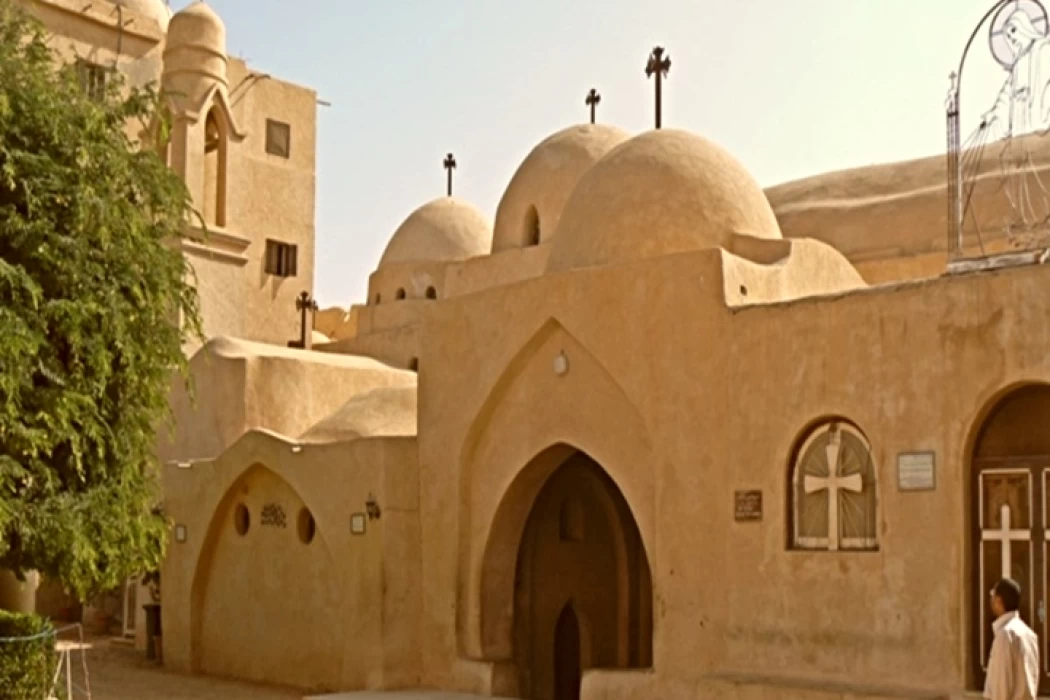Admin
Abydos Temple of Osiris
The temples of Abydos were the center to worship of many Gods, and those temples are famous for the number of tombs that were founded in 1895 AD, which are to the first and second dynasties. So that has some differences in its architectural design.
Admin
Wonders of Fayoum
Fayoum Governorate, located just 95 km from Cairo, is a treasure trove of natural beauty, rich history, and diverse tourism activities. From the UNESCO-listed Wadi El-Hitan to the unique waterfalls of Wadi Al-Rayan, visitors can enjoy boat tours, safaris, stargazing, and exploring ancient Egyptian sites.
Admin
Beni Hassan Tombs in El Minya city
One of the most significant tourist destinations and archaeological sites in Upper Egypt is the Bani Hassan region, which lies south of Minya. It's an archeological site with a tomb from the ancient Egyptians. It is situated in the Middle Egypt region, which stretches as "Mit Rahina" between Assiut and Manf, 20 kilometers south of the city of Minya.
Admin
Temple of Khnum at Esna
The temple of Khnum in the city of Esna, south of Luxor. It is the only one remaining in its state of the ancient temples of Esna, which exceeded the number 4 and is considered one of the most important tourist destinations for its uniqueness.
Admin
Tuna El-Gabal Village
sand hid their features and the air temperature affected the walls of their houses, which seemed to be about to collapse completely. It is the village "New Tuna Al Jabal" in southern Minya, a dream that sank into the desert sands, so passersby in the city of Mallawi, south of Minya Across the road from the western desert, sees it as if it were buried in the sand.
Admin
The Ruins of Tanis in Egypt
The Tanis ruins rise at the northeastern extremity of the Nile Delta. It is rather overrun by tourists due to its greater than 70-kilometer distance from Zagazig, which is already quite far away. Tanis has emerged as one of Egyptology's most astonishing finds, serving as a significant tomb during the final centuries of Pharaonic civilization. There's more to explore on Cairo Top Tours!
Admin
The Monastery of the Virgin Mary Baramus, Wadi El Natrun
The Monastery of Baramus, a 4th-century Coptic Christian monastery in Wadi El Natrun, Egypt, is a spiritual hub for monks and pilgrims. Known for its architecture and desert surroundings, it houses valuable manuscripts and religious artifacts reflecting the region's rich Coptic Christian heritage. Visitors can explore early Christian monastic life and the region's historical significance as a Coptic spiritual center.
Admin
Temple of Hermopolis (El-Ashmunein)
Hermopolis, now El-Ashmunein, is an ancient city in Egypt, dedicated to Thoth, the god of wisdom. It was a cultural and religious center during the Hellenistic and Roman eras. The site boasts remarkable ruins, temples, burial grounds, and artifacts, providing insight into ancient Egyptian life and spiritual practices.
Admin
The Monastery of the Holy Virgin Mary (Muharraq Monastery)
The Holy Family took shelter there after leaving Palestine, fleeing the oppression of the Romans and King Herod for 185 days, the longest period they spent in Egypt. It is the Monastery of Our Lady, one of the most important stops on the journey of the Holy Family, and one of the most famous Coptic monasteries in Egypt, which has been called ‘the second Jerusalem’. The Monastery of Our Lady of the Assumption, also known as the Monastery of the Burnt Virgin, holds special sanctity among Egyptians, Christians, and Muslims, with patriarchs refusing to inaugurate it, according to Pope Theophilus.
Admin
Sannur valley Cave protectorate
Senour Cave is a huge cave in the heart of the mountain with a depth of about 17 meters, this cave is located 70 km southeast of Beni Suef, and there are several quarries, including ancient ones that were discovered and exploited during the era of the pharaohs, and modern ones that are currently being exploited. The stalagmites and stalactites of pure alabaster are distributed in a picturesque form, and in the floor of the cave in the eastern corner of it there is a waterway that falls below the level of the cave floor, which is believed to be a means of draining the water collected in the cave.
Admin
The Monastery of El Suryan | Deir Al-Surian Cairo Attractions
The Monastery of the Virgin Mary the Syrian is considered one of the oldest monasteries in the history of the church, dating back to approximately the fifth century AD, as various sources indicate. The old fortress is located to the right of the entrance to the monastery, although it has been restored.
